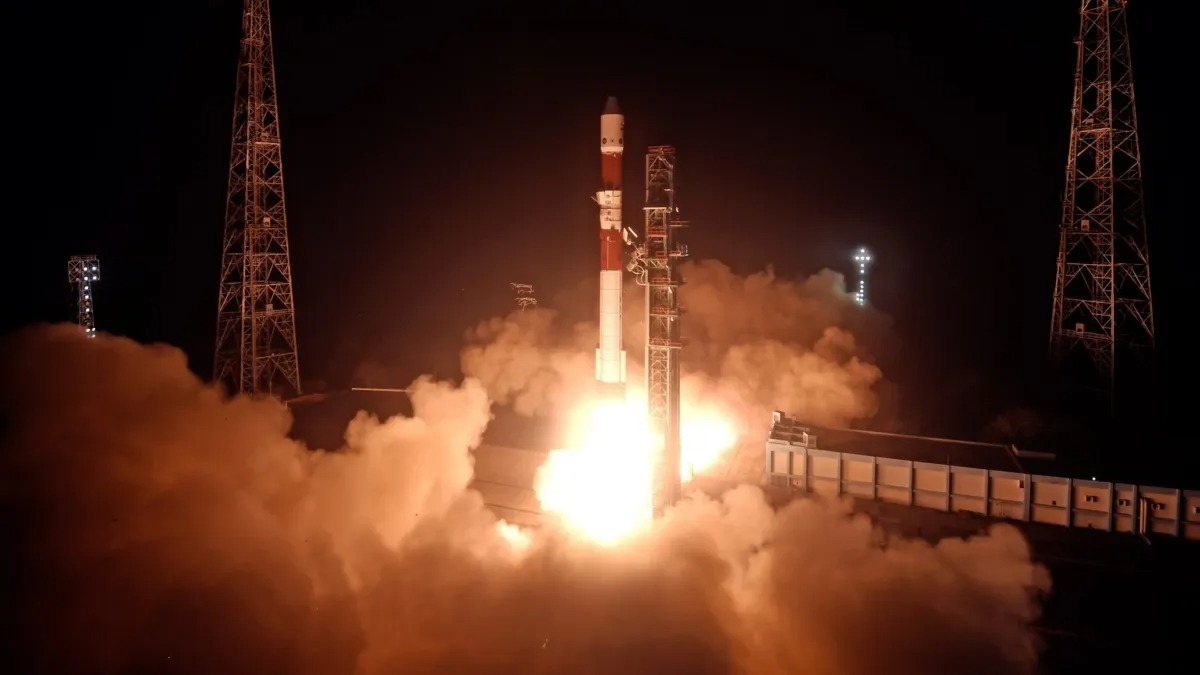
The Indian Space Research Organization (ISRO) on Thursday successfully completed the fourth attempt of docking two satellites in space under the SpaDeX Mission. According to ISRO, scientists were successful in this attempt. After the success of the SpaDeX mission, India has become the fourth country in the world to do so. Proficiency in space docking will prove helpful in future human missions and interplanetary missions.
Earlier, ISRO had informed on January 12 that the Space Docking Experiment Project could not complete the mission even after reaching very close to its target. ISRO had informed that the attempt to reduce the distance between the two satellites from 15 meters to 3 meters was successful, after which both the satellites were moved away from each other. ISRO had informed that now docking will be attempted after data analysis. January 12 was the third attempt of docking. Even before that, the docking process had to be postponed twice.
Docking process
- In space docking, two satellites come close to each other and join together.
- This is a complex technical process, which is used in space missions.
- The purpose of docking is to connect two satellites to each other to share data, connect power sources, or to carry out a specific mission.
- During space docking, one spacecraft has to be brought close to another spacecraft and connected in a controlled manner, so that no damage occurs.
What is the SpaDeX mission?
- The SpaDeX mission consists of two satellites, one being the chaser and the other being the target.
- The Chaser satellite was to capture the target and dock.
- The weight of each satellite is around 220 kg.
- These satellites were launched through the rocket PSLV-C60.
- ISRO launched this mission on December 30 at 10 pm from Sriharikota.
- Under this, two spacecraft were deployed 470 km above the Earth by PSLV-C60 rocket.
--Advertisement--

 Share
Share



